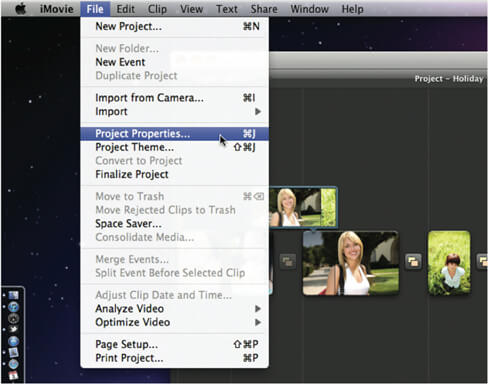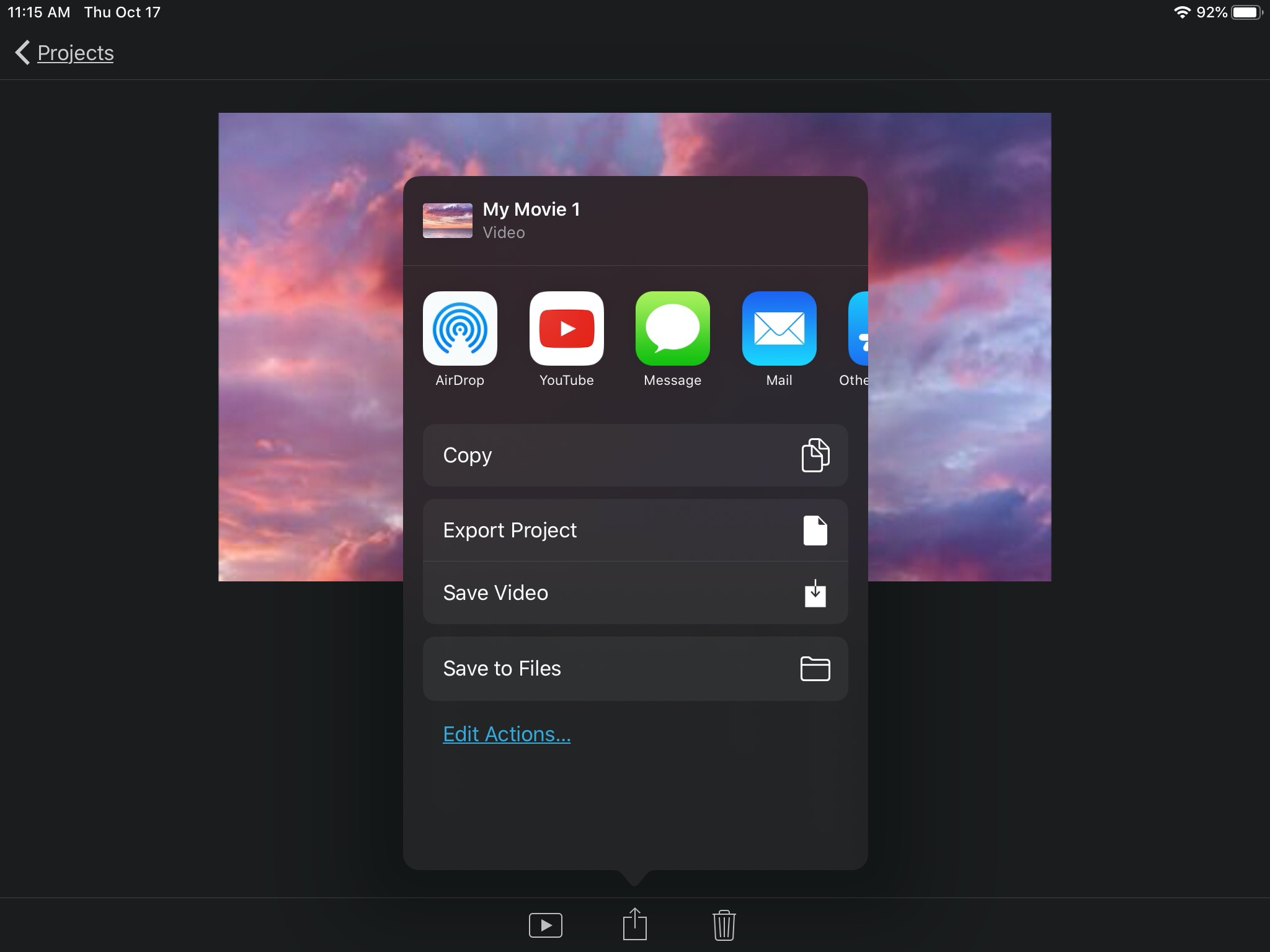
- #How do i duplicate a clip in imovie on mac movie
- #How do i duplicate a clip in imovie on mac full size
- #How do i duplicate a clip in imovie on mac manual
- #How do i duplicate a clip in imovie on mac archive
To find these clips, in iMovie’s Event Library click the iPhoto Videos entry.
#How do i duplicate a clip in imovie on mac movie
Use iMovie’s Import command to bring in movies already on your Mac.īefore we leave this subject, note that you might have movie clips on your Mac that you’re unaware of. Click the Import button, and the files will be imported, ready for you to include in your project.
#How do i duplicate a clip in imovie on mac full size
As with similar sheets we’ve seen before, you can choose to add this material to an existing or new event, and you can bring it into the program in full size or large size. Use it to select the video files that you’d like to bring into iMovie. To import such movies, choose File > Import > Movies. In cases where the file format is compatible with iMovie, you can use these clips as well. Or you may have video you’ve pulled off the Internet, or a clip that a friend has shared with you via a social media site. As I explained earlier, sometimes you have to copy clips from a camera’s media card. Not all of the video you want is housed on a camera. IMovie supports capturing live video as well. In the case of a Mac with a built-in camera, the source will be, by default, the Mac’s microphone.

iMovie will capture audio from the Input source currently configured in the Sound system preference. You can analyze the captured material for stabilization and people, too. Again, a sheet will appear where you can choose an event to add the footage to-an existing event or a new one.

To begin the process of recording what’s in front of it, just click the Capture button that appears to the right. Once you’ve done this, click the Camera menu and choose your camera. To make that possible, click the Camera icon that appears at the far left of iMovie’s toolbar. I’ll discuss this procedure soon.Īs I’ve mentioned, iMovie can additionally capture video live from a compatible camera attached to your Mac. Then use iMovie’s Import command to bring the clip into iMovie. If that doesn’t work, extract the media card, insert it into a media card reader (the SD slot on your MacBook, for example), and copy the file to your Mac. You may be able to do so via a cable connection. In such cases you need to mount your camera’s media on the Mac. For example, if your older point-and-shoot captures in the AVI format, iMovie won’t touch it. Sometimes a direct connection works-you attach the device to your Mac, and iMovie’s Import window appears. With point-and-shoot camcorders and older pocket camcorders, importing video can happen in one of a couple of ways. And if you’d like to see larger thumbnails in the clips viewer, just move the zoom slider that appears in the bottom-right corner of the window.
#How do i duplicate a clip in imovie on mac archive
To safely disconnect your camera, click the Eject button that appears to the right of the Archive All command. This feature is useful when your camcorder’s storage media gets full and you’d like to clear it without losing any of the footage you’ve captured. After clicking this command and choosing a destination for your backup, you click Create to have all the data on your camcorder copied to your Mac. I’ll deal with this feature shortly.Īlso available in this window is an Archive All command, which offers a way to back up the contents of your camcorder. It does so because iMovie allows you to capture live footage from a compatible connected camera. This option may seem odd given that you have just the single camcorder jacked into your Mac, but if you click this menu you’ll find that your Mac’s built-in camera appears in the list as well. The Camera pop-up menu allows you to choose a camera source. Flip this switch to Manual, and you can choose which clips to import.Īt the very bottom of the window are a couple of other controls. When you leave it in the Automatic position, all clips on the camcorder that aren’t already in iMovie will be imported.
#How do i duplicate a clip in imovie on mac manual
The switch on the far left-labeled Automatic at the top and Manual at the bottom-is for choosing which clips to import from a digital camcorder.

In the gray area below that are iMovie’s import controls. You can, of course, unselect those you don’t want to import. By default, all clips are selected, as evidenced by the checkmark that appears beneath each one. When you connect a digital camcorder, you should see clips in the area below, with thumbnails giving you a hint about what each clip contains. If you have an analog camcorder-a model that uses tape-you’ll use these controls to fast-forward and rewind through your tape. With a digital camcorder these controls provide one way to move between clips. This is where the currently selected clip appears.īelow that area are the play controls, featuring Back, Play/Pause, and Forward buttons when iMovie is connected to a digital camcorder and Rewind, Play/Pause, and Fast-Forward buttons when you’re using a tape-based camcorder. The top half consists of a preview window. That Import window contains a few elements you should become familiar with.


 0 kommentar(er)
0 kommentar(er)
